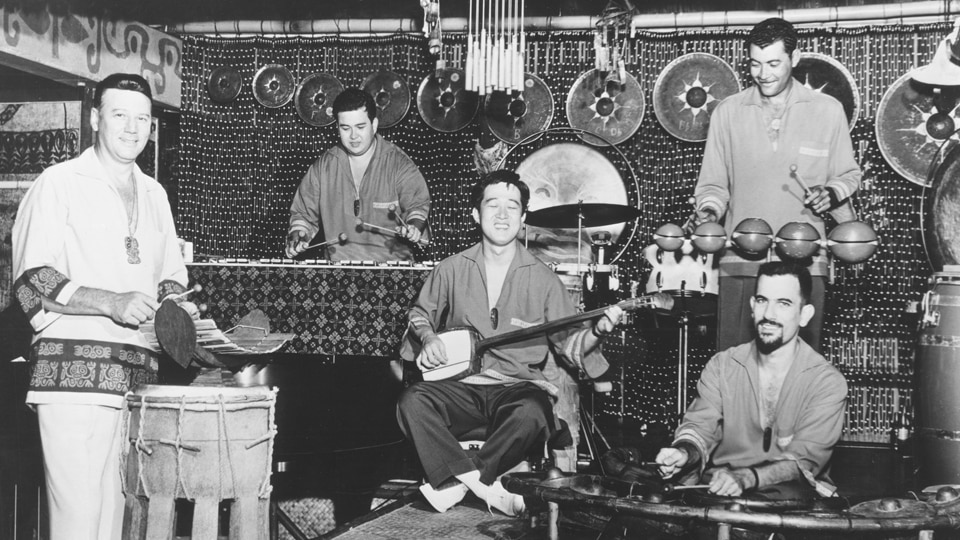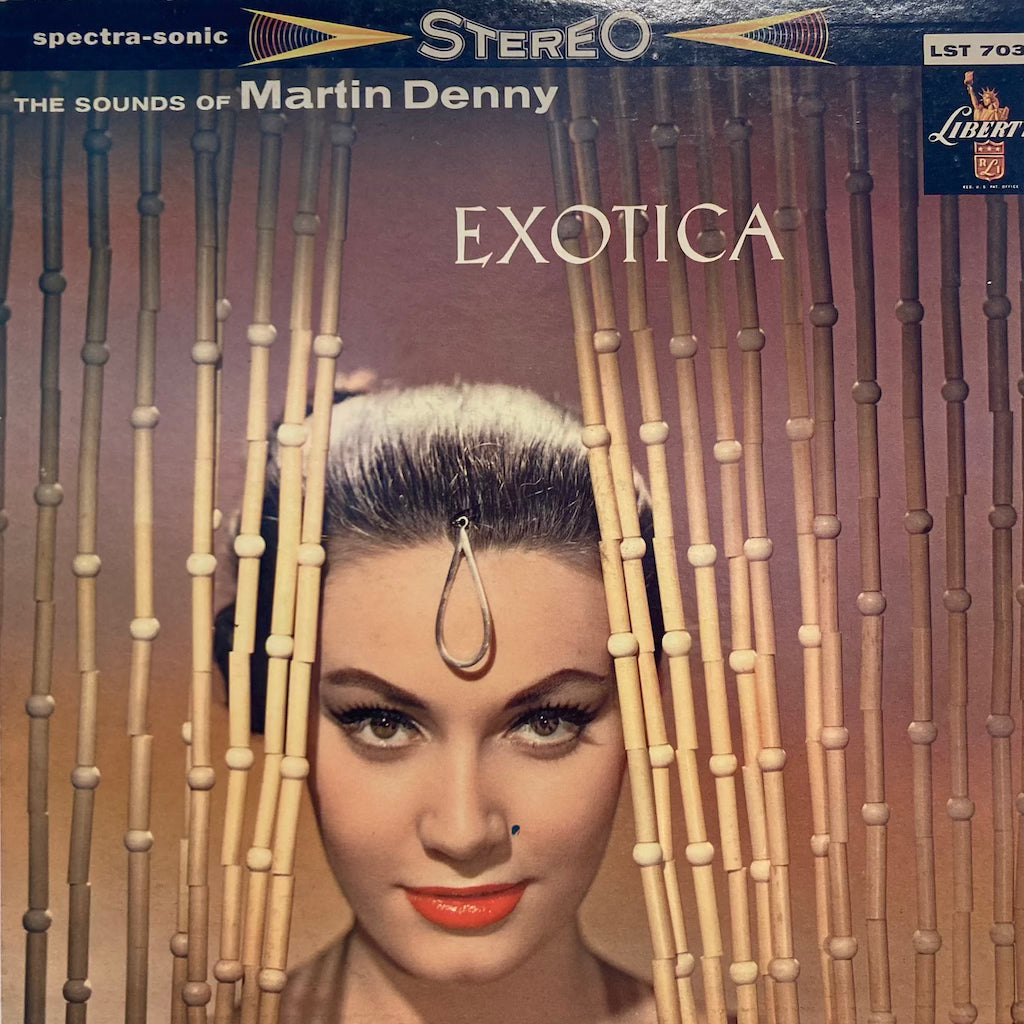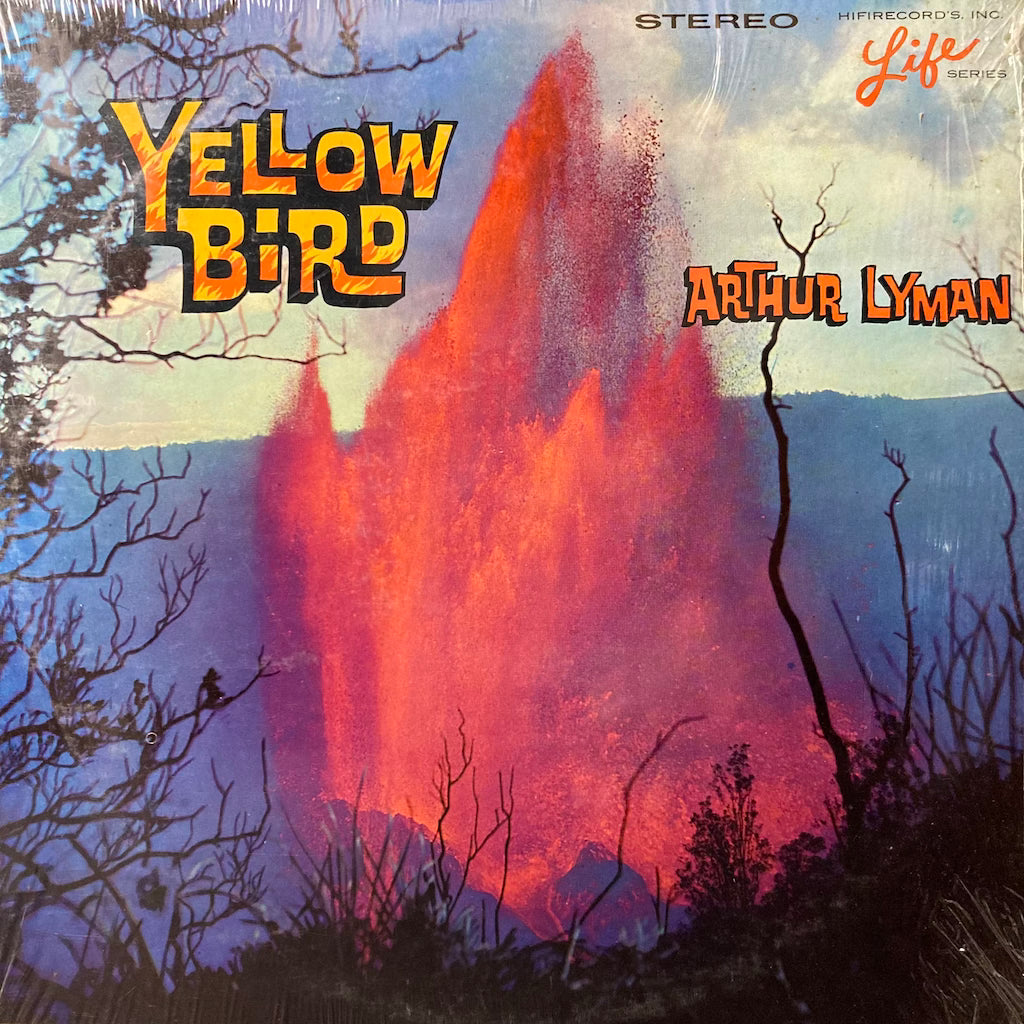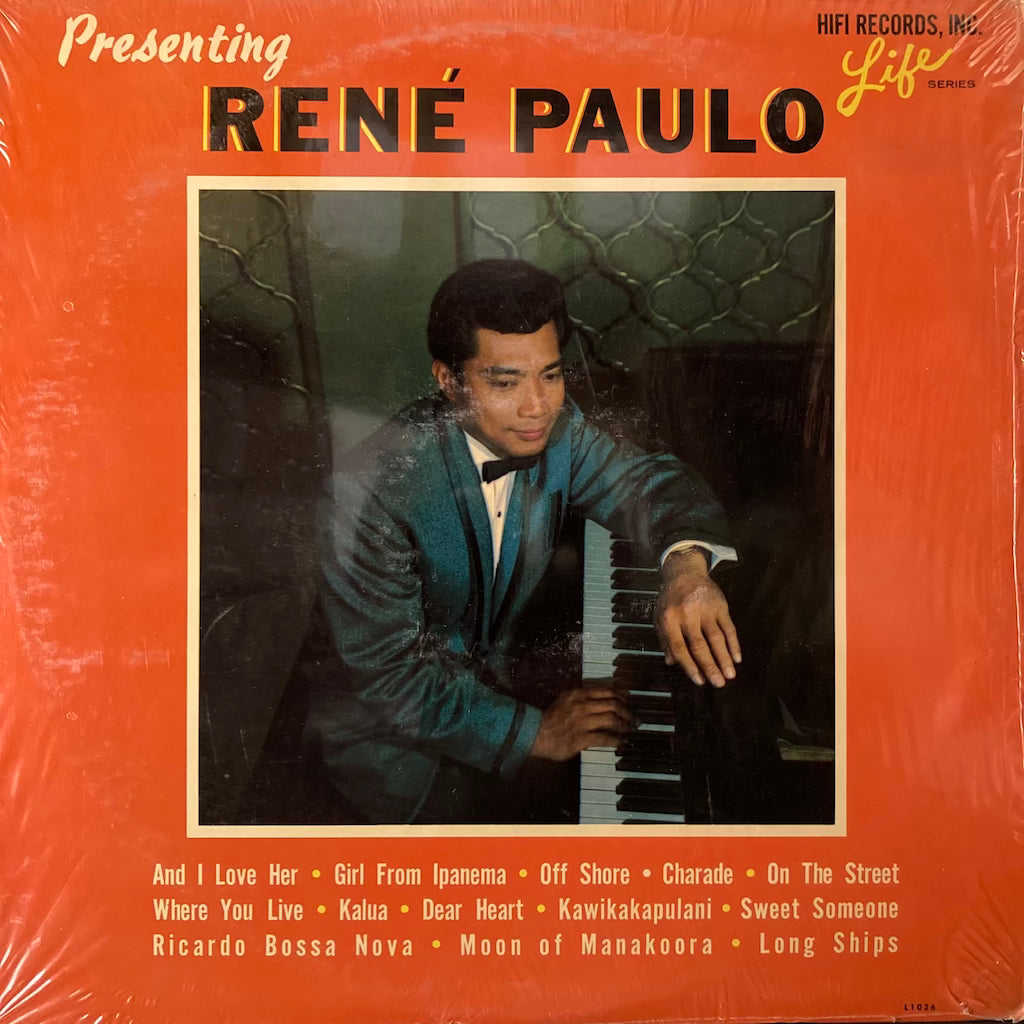Hawaii can be called a “mixed plate” of people. Diverse communities from all around the world have travelled to Hawaii since the days of sugar plantations and made it their home. This is reflected in many aspects of the mixed plate culture, from the wide assortment of pidgin words originating elsewhere to the plate lunches we enjoy that could be seen as random to outsiders. It reflects in our music as well, and one of the best examples of that is the unknown “faux-Polynesian” genre of Exotica. Let us dip our toes into this wonderous world of sound…
(This post was written by Bradley Izumi-Hee)
Origins: Martin Denny
Exotica is oft described as a medley of Latin, jazz, “jungle” and “Oriental” sounds. It can be seen as a predecessor to the psychedelic genre, transporting you to different worlds through the sonic landscape. Described as “the mood music of place, but no place familiar”, the origin of exotica as a genre is tied to the album of the same name, by famed pianist Martin Denny. Born in 1911, Denny’s musical career was long and storied, debuting as a professional musician in 1931. Exotica (the album) was recorded at the end of 1956, featuring The Martin Denny Group’s “special brand of sounds” as stated on the sleeve of the record. Denny sought to “establish a mood by stressing melodic content and highlight it with novel effects” with his revolutionary sound.
At the peak of “tiki culture”, Exotica could not have come at a better time. Prominent piano from Denny, and a unique mix of Latin-inspired drums and jungle sounds (with Arthur Lyman on the vibes in the original mono recordings!) in a jazzy cadence created the soundtrack to paradise for many who found themselves searching for a sonic escape. Denny charted the Billboard Hot 100, with the single “Quiet Village” spending 8 weeks on the chart, peaking at #4.

This album is cited for having influenced production choices in Nohelani Cypriano’s “Lihue”, as well as the band Don Tiki, among many other artists and genres that followed.
Branching Off: Arthur Lyman
Arthur Lyman, who took the exotica genre further after branching out of the Martin Denny Group, is also of great significance. He became a professional musician at age 14, and would not join Martin Denny’s band for another 7 years. Where Denny had his piano, Lyman put his skills on the vibraphone to work. Dubbed the “King of Lounge Music” (lounge music is said to have derived from exotica), Lyman was famed for the bird calls he blended masterfully into his percussive records, which set him apart from his former bandleader. Denny and Lyman were competitors, but close friends as well, with Denny himself giving credit to Lyman: “There were debates on who came first, but as far as I'm concerned we did it together." Lyman was no doubt similarly as popular as Martin Denny, peaking at #4 with “Yellow Bird” on the Billboard Hot 100, where he would chart for ten weeks. He had three albums that went gold and reached further popularity in the lounge music revival of the 90s.
Digging Deep: Gene Rains
Aloha Got Soul's very own O'Spliff spinning "Lotus Land" from Gene Rains.
The “third man” of Exotica, Gene Rains, led the Gene Rains Group for a short stint in the early to mid-'60s, featuring vibraphone played by Rains, is another jewel in the genre. While Gene did not achieve the same level of popularity, he is no doubt an artist not to miss in your listening endeavours. On the sleeve of his album “Lotus Land”, it’s noted that the quartet performed with up to eight instruments, “amplifying the ensemble sound far beyond the normal expectancy". Gene Rains had the recipe to become an exotica staple: vibraphones, mysterious percussion, and tinkling bells to create the proverbial landscape that exotica strives to provide. Sonny Burke wrote, “...as your Number-One-Boy serves you a mystic refreshment you will see the Sampan, you will touch the Lotus and you will dream of the Islands as you listen to the sounds…”
Uncovering Gems: Johnny Spencer
O'Spliff with rare gem "s'Pacifica" from Johnny Spencer and the Kona Koasters.
Johnny Spencer and the Kona Koasters - “s’Pacifica”, released in 1958. While difficult to find, the record features unconventional instrumentation including the puili, shell horn, and Tahitian log drum alongside the usual piano, cymbals, etc. Describing itself as an “unusual album”, it warns the listener that they may get “wanderlust” from the “strange and exotic melodies.” On songs such as “Se Ulai”, or “Kilauea” quite peculiar vocals can be found, further adding to this aura of “strange and exotic melodies”.
Further Beyond: René Paulo
Words are rarely heard in the exotica. And yet, one who excels to convey feelings in speechless song is "Hawaii's Favorite and Most Famous Pianist", Rene Paulo. Wearing jazz influences on his sleeve, his emotion-filled, sometimes harrowing, piano can be felt, even through a nearly 70 year-old record. The records he made paint vivid imagery, making the perfect soundtrack for one looking to get into exotica.
New Wave: Don Tiki
Don Tiki, led by Lloyd Kandell “Fluid Floyd” and Kit Ebersbach “Perry Coma”, debuted in 1997 with “The Forbidden Sounds of Don Tiki”, with their inspiration Martin Denny on the recordings himself. Don Tiki is credited with being at the forefront of the exotica revival of the 90s, being one of the only groups presently releasing exotica works. The neo-exotica group ventures into their influences often, “providing the soundtrack for this Technicolor projection of a Polynesian pop paradise”, Sven Kirsten writes in The Book of Tiki.
Exotica is a very niche genre in today’s age. Jazz influences mixed with instruments from Tahiti to Burma, along with a side of assorted monkey screeches and macaw squawks surely make for a unique listening experience. As John Berger wrote, “...both in its point of origin and the public perception of it, ‘Exotica’ is very much a part of the music of Hawaii.” Where else would be the birthplace of such a genre? While the roots of its interest and its role in “tiki culture” can be further explored, there is no doubt that it provides a place of solace for listeners looking to escape to a tropical world.





